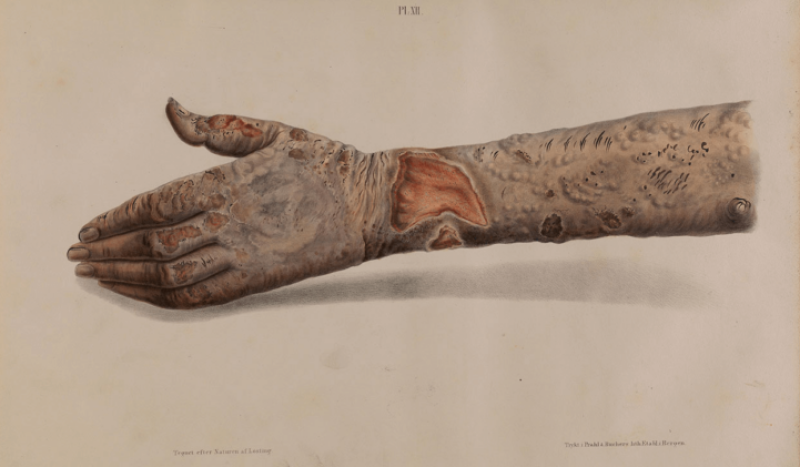In an ironic twist, researchers have just discovered that a tissue-damaging disease somehow has the potential to regenerate mammalian livers.
Leprosy, one of humanity’s oldest and most persistent diseases, is caused by two parasitic bacteria, Mycobacterium leprae or Mycobacterium lepromatosis. These microbes damage skin, nerves, and other tissues during their infection.
Contrary to the stigma surrounding it, leprosy is not very contagious. It spreads through repeated and excessive contact with an infected person’s mucus; however, 95 percent of those exposed to the bacteria do not end up with the disease, and it can be cured with a cocktail of modern drugs.
The bacteria occur naturally in armadillos (Dasypus novemcinctus), and in studying the interaction between the microbe and its host, researchers noticed the parasite has an unexpected ability to hijack and reprogram cells.
It appears that over evolutionary history, the bacteria have learned to regenerate and increase the number of cells that best suit them within the armadillo’s body where they live.
While the specifics are unclear, M. leprae seems to be reprogramming adult liver cells, hepatocytes, by converting them into a stem-cell-like state, allowing all the extra liver tissues to grow correctly from them.
Members of the research team previously demonstrated leprosy could do something similar to nerve support cells called Schwann cells, reprogramming them into a younger cell state that can produce a greater variety of cell types.































